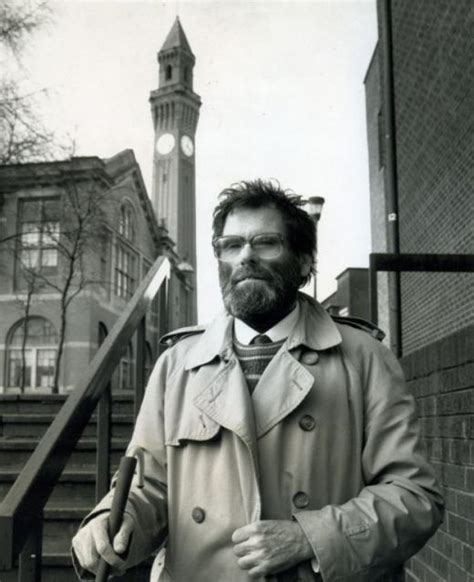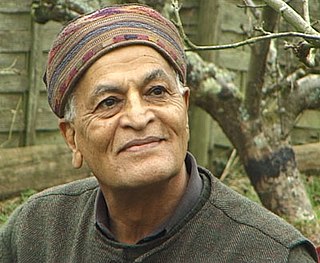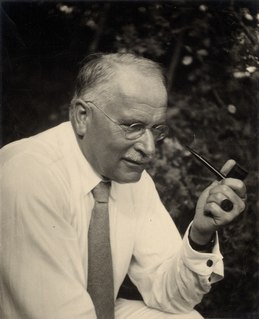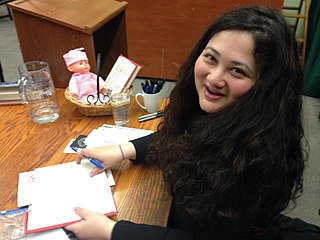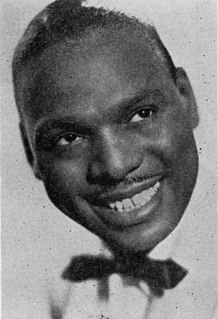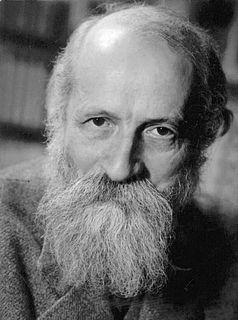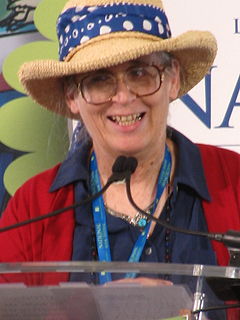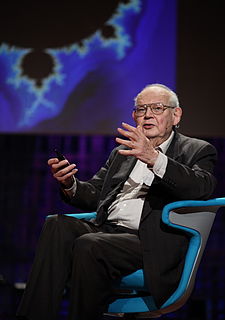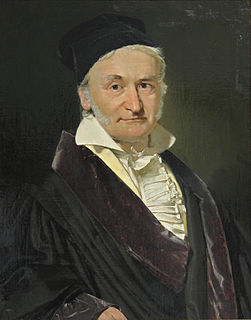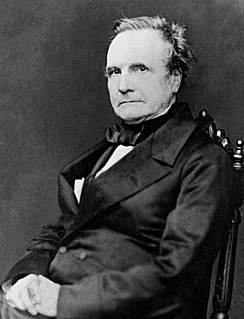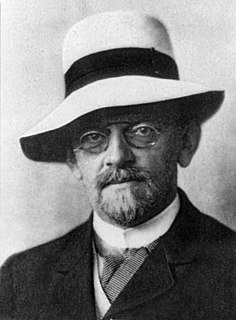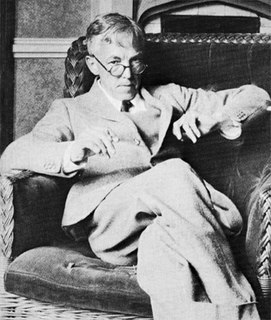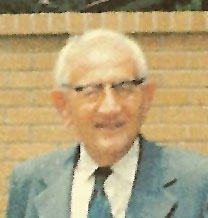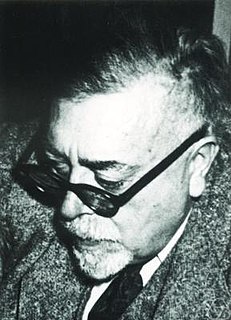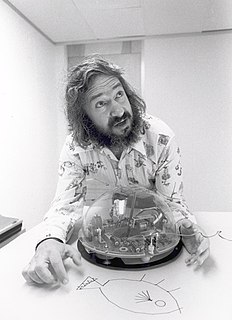A Quote by John Hull
Yes, our tree has an interesting shape. The center branches reflect the shape of the zero curve. When extreme parts of the tree are reached the branching pattern changes to accommodate the mean reversion.
Related Quotes
Sometimes I come across a tree which seems like Buddha or Jesus: loving, compassionate, still, unambitious, enlightened, in eternal meditation, giving pleasure to a pilgrim, shade to a cow, berries to a bird, beauty to its surroundings, health to its neighbors, branches for the fire, leaves for the soil, asking nothing in return, in total harmony with the wind and the rain. How much can I learn from a tree? The tree is my church, the tree is my temple, the tree is my mantra, the tree is my poem and my prayer.
Psychoanalysis cannot be considered a method of education if by education we mean the topiary art of clipping a tree into a beautiful artificial shape. But those who have a higher conception of education will prize most the method of cultivating a tree so that it fulfils to perfection its own natural conditions of growth.
There's the tree with the branches that everyone sees, and then there's the upside-down root tree, growing the opposite way. So Earth is the branches, growing in opposing but perfect symmetry. The branches don't think much about the roots, and maybe the roots don't think much about the branches, but all the time, they're connected by the trunk, you know?
When you organize your work and look back at your entire production, it may feel like you're looking at a straight line, but in fact it's nothing like that. The work is very experimental and most of the time it develops like branches. I usually see a capillary, like a tree shape where there are... branches that sort of move because you're not tending to them.
Leaves are usually looked upon as the children of the tree. Yes, they are children of the tree, born from the tree, but they are also mothers of the tree. The leaves combine raw sap, water, and minerals, with sunshine and gas, and convert it into a variegated sap that can nourish the tree. In this way, the leaves become the mother of the tree. We are all children of society, but we are also mothers. We have to nourish society. If we are uprooted from society, we can not trasform it into a more liveable place for us and our children.
For each of us has a perch on the tree. After we are gone, that perch is marked by a notch, permanent, yes, but with its edges muting over time, assuming the tree is ever growing. Years from now someone can see that you were here, or there, and although you had little conception or care for the wider branching, in the next life there might be a sigh of wonder at how quietly flourishing it all was, if never majestic.
Do you know that even when you look at a tree and say, `That is an oak tree', or `that is a banyan tree', the naming of the tree, which is botanical knowledge, has so conditioned your mind that the word comes between you and actually seeing the tree? To come in contact with the tree you have to put your hand on it and the word will not help you to touch it.
But it can also happen, if will and grace are joined, that as I contemplate the tree I am drawn into a relation, and the tree ceases to be an It. . . . Does the tree then have consciousness, similar to our own? I have no experience of that. But thinking that you have brought this off in your own case, must you again divide the indivisible? What I encounter is neither the soul of a tree nor a dryad, but the tree itself.
A tree is alive, and thus it is always more than you can see. Roots to leaves, yes-those you can, in part, see. But it is more-it is the lichens and moss and ferns that grow on its bark, the life too small to see that lives among its roots, a community we know of, but do not think on. It is every fly and bee and beetle that uses it for shelter or food, every bird that nests in its branches. Every one an individual, and yet every one part of the tree, and the tree part of every one.
